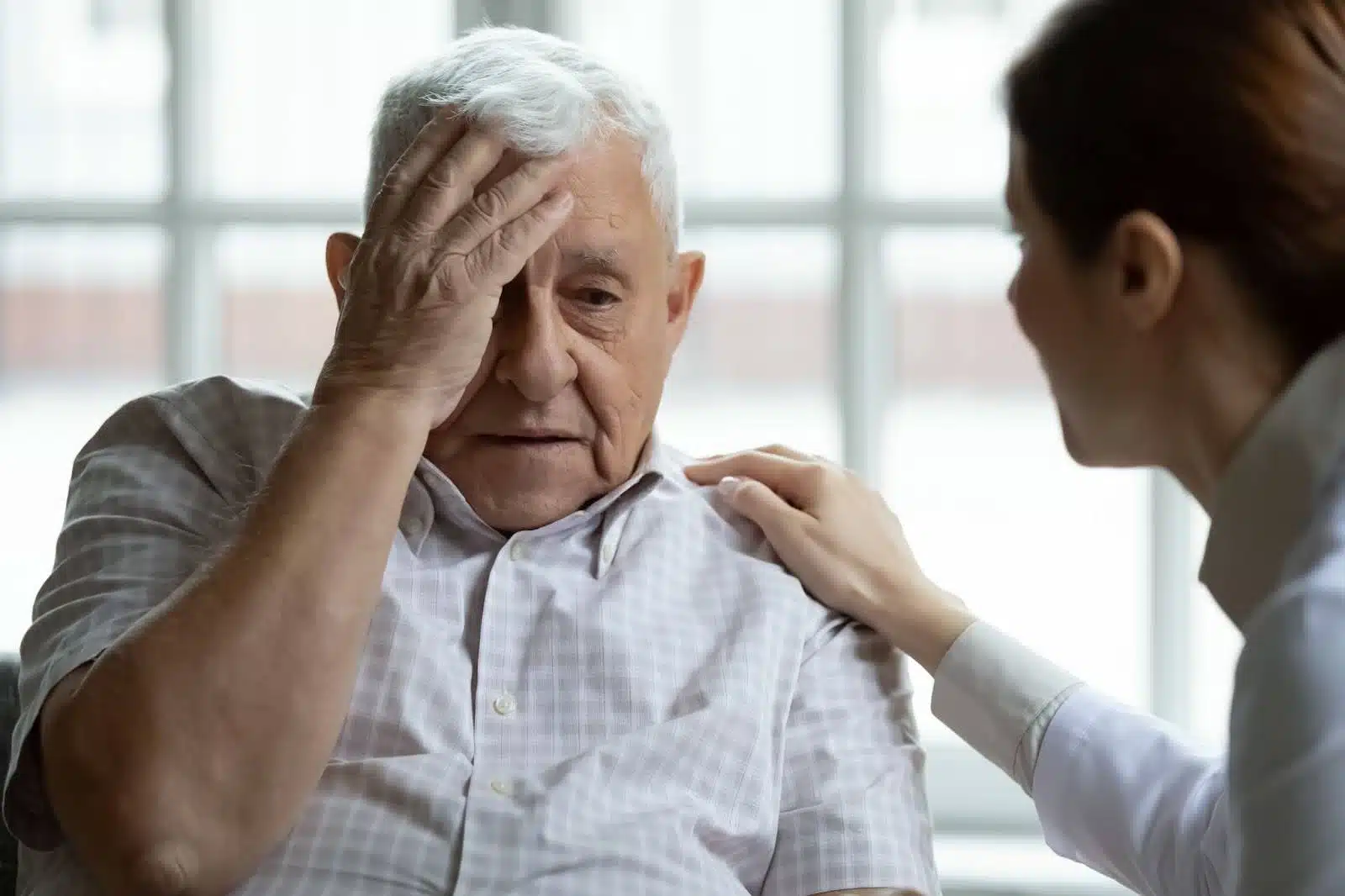How to Talk to Seniors and Loved Ones About Medical Alert Services
Author: Lifeline Canada
Date: 1 March 2024
Built on the concept of safety and 24/7 support, medical alert devices are part of the lives of many seniors. While these convenient systems ensure peace of mind for the wearer and their loved ones, the path to their use can be anything but smooth. Between stigma, uncertainty, and general resistance, framing the conversation around the need for a medical alert device can be challenging.
That’s why understanding the best ways to talk to seniors about medical alert technology is so important. As a caregiver, you know the person you care for best, and with the right research and approach, you can curate a discussion that dispels fears and concerns, leading to a safer environment. Let’s look at how to do this in more detail:
Initiating the Conversation
Medical alert technology is well-suited for individuals who live alone or require additional support with daily activities. While you may have identified the need for it some time ago, your loved one might not have. If the topic hasn’t been discussed previously, gently ease your way into having this conversation. Casually and regularly mentioning these devices can help familiarize your loved one with the concept.
In addition, the constant initiation of the conversation shows your loved one that avoidance or a simple “no” will not dissuade you from bringing it up or discussing it freely with them.
Choosing the Right Time and Setting
There is no right answer regarding the best time to talk about medical alert systems. In some cases, an accident or a fall may have already happened, so bringing up the need for a medical alert device is a daily, if not weekly, occurrence. Keep an open mind, and decide whether you want to approach it casually or as part of a more formal discussion. It might be worthwhile to connect with friends or family who have been in a similar situation to inform your next steps.
Framing the Conversation Positively
Come from a positive place when you bring up medical alert devices. Express to your loved one how much they mean to you and that their well-being is something you genuinely care about. Phrase the device as a good thing that can support their independence and overall health. Treat it as an important tool for their care, a way to enhance freedom rather than restrict it.
If you are met with negativity, avoid interrupting or sharing too much advice. Instead, take the time to hear their feelings and fears and validate them as best you can.
Addressing Common Concerns and Resistance
It’s not uncommon for seniors to push back against the suggestion of life-saving devices for the elderly. This can be frustrating, especially when you clearly see the need for a device.
Understanding Seniors’ Apprehensions
Many seniors feel there is a perceived stigma attached to wearing a medical alert device, associating its use with:
- Feebleness,
- Frailty,
- A loss of independence.
To grasp these concerns more fully, encourage your loved one to open up. Make note of fears or reservations and overlap in questions that you both have. This can help start a conversation in the future to build on shared thoughts.
Providing Information and Assurance
Whether your loved one has agreed to get a medical alert system or is still on the fence, information and reassurance are essential. Be prepared to walk them through functionality and talk about specific features related to their concerns.
Take the time to research potential providers and find the best option. At Lifeline Canada, our priority is quality support that ensures peace of mind. With 50 years of experience, we have helped numerous families and caregivers through the conversations around our technology for seniors.
For example, here are a few common questions we get asked at Lifeline Canada:
- What if I get the device wet?
- With Lifeline Canada, our Homesafe devices are water-resistant and can be worn in the shower.
- What if I press the button by accident?
- There is a grace period where the call can be cancelled, but if not done in time, don’t worry. Our response centre associate can easily disconnect the call.
- What if it’s out of range when I need help?
- We recommend you choose a device that suits your loved one’s needs. Our On The Go system can be used for busy lifestyles outside and inside the home.
Creating a Supportive Environment
The above details help lay a foundation for a supportive environment, but consider taking this concept further, especially if you are still facing pushback.
- Involve Healthcare Professionals: Including doctors or nurses in discussions can provide your loved one valuable insights and guidance on how this is a good thing.
- Respect for Autonomy: Involve your loved one in the decision-making process, encouraging them to select an option based on their preferences and lifestyle.
Practical Tips for Caregivers
As you navigate these conversations, you may run into roadblocks that make it hard to move forward toward acceptance. Try to maintain a sense of active listening, empathy, and patience to remain firm yet committed to implementing a solution:
Active Listening Techniques
Listening to the concerns your loved one is having is paramount to potentially moving forward in the conversation. Ensure you maintain a positive attitude that translates into your body language—nod your head, make eye contact, and have a relaxed posture.
After they have finished speaking, ask questions and paraphrase where necessary to verify you are hearing them correctly. Sometimes listening is enough, and don’t be too quick to give advice or force your opinion. Fostering an open conversation is important.
Demonstrating Empathy and Patience
As a caregiver, your role might require you to take on more of a parental perspective as you ensure your loved one’s needs are met. While this can be a good thing, in many ways, it might not be the best perspective to have when it comes to technology for seniors. Try putting yourself in their shoes and envision the level of empathy and patience you would like given to you.
The first mention of Lifeline likely won’t be the conversation that gets them to accept medical alert technology. So, continue to listen to their thoughts and feelings and prepare to bring Lifeline up again, exercising patience each time.
Encouraging Seniors to Embrace Lifeline Canada Devices
As we’ve mentioned throughout the blog, you can take many different approaches to talking about life-saving devices for the elderly person in your life. Ultimately, your goal is to empower them to make informed choices that enhance their safety and independence. Take the first step towards peace of mind—start the conversation today. Reach out to our team at Lifeline Canada to learn more about how we can help.
What You Should Do Now:
Here are 5 ways we can help you or your loved one live safer and more independently at home as long as possible:
- Get our latest tips, tools and resources straight to your inbox. Sign up for our monthly newsletter.
- Not sure if the time is right for a medical alert service? Take this quick assessment to find out.
- If you would like to learn how to live a healthier and safer lifestyle, go to our blog or visit our resources section, where you can read and download guides.
- Wondering which medical alert system company is the best for your needs? We’ve put together a guide comparing the best medical alert systems for you.


